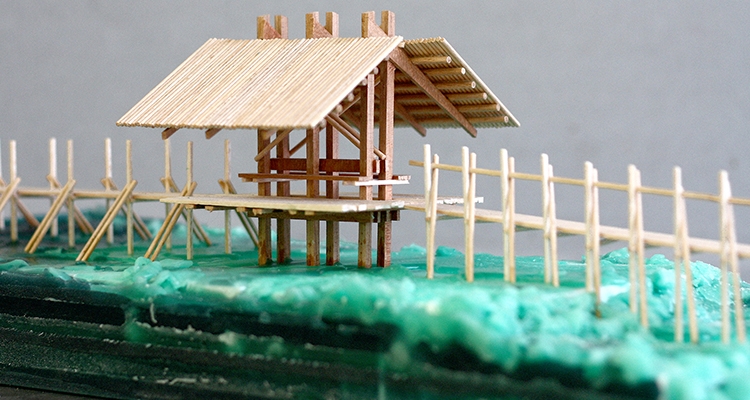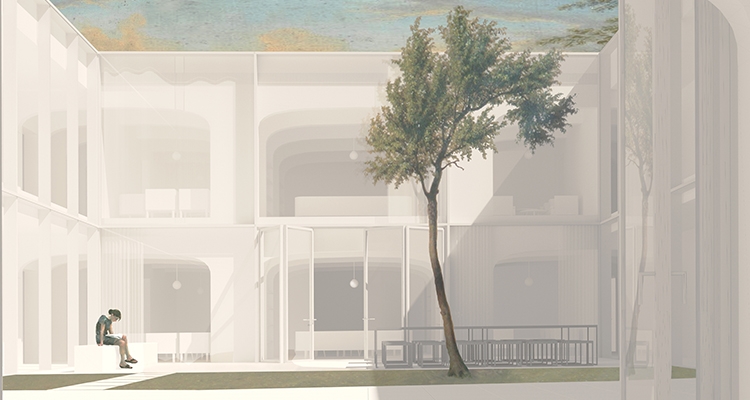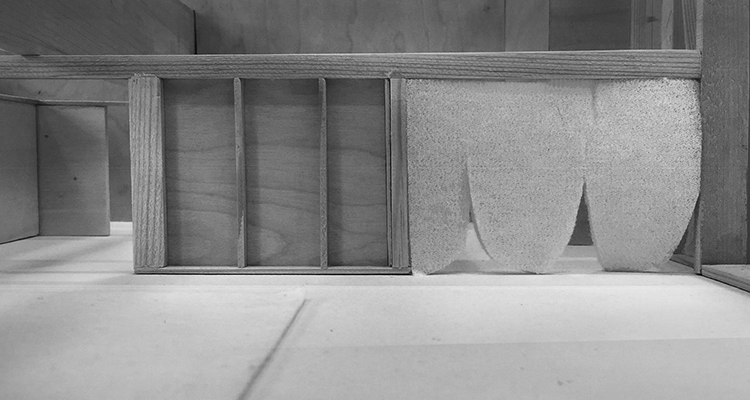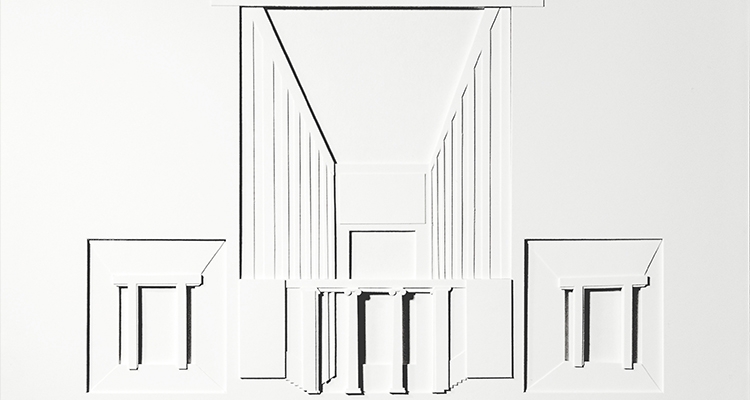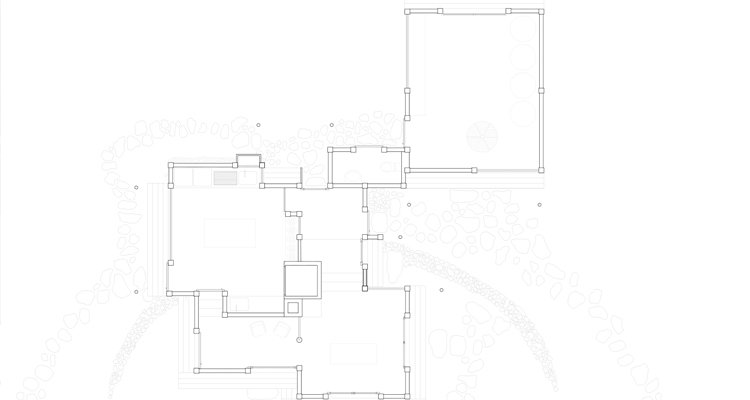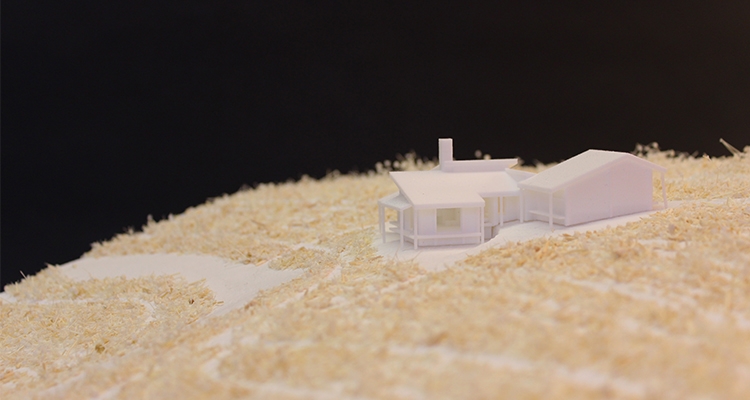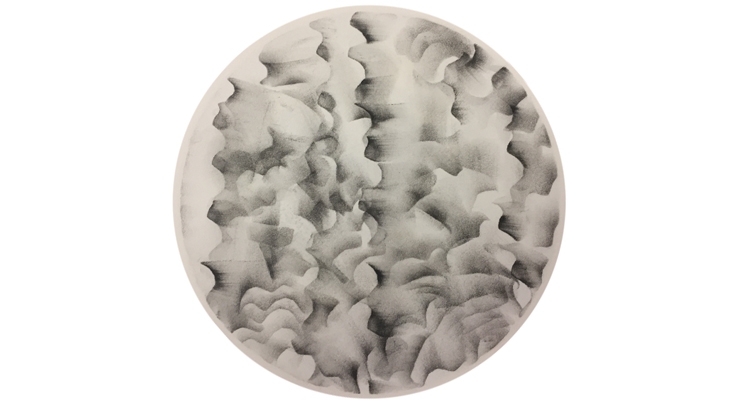We use signs to form a character, some are the most primitive of pictograms. They represent materials, construction or the use of space and order. With the combination of the secondary components, new characters are made.
Diplomprosjekt
Two programs one building.
The first program is a local need in the city dis-trict of St.Hanshaugen; a multi purpose hall. The second program is a need in the city of Oslo; a student house.
The first program is a local need in the city dis-trict of St.Hanshaugen; a multi purpose hall. The second program is a need in the city of Oslo; a student house.
Inspired by early kindergarten ideals, this proposal is based on belief in the child's inherent drive to explore the world through play. The idea is to give the child an organising framework - to encourage interaction with the surroundings, and explore the world by nurturing the playful nature of childhood itself.
What will the Deichman be? Hold the speculation! Should not we be first asking the fundamental question: What is the Deichman?
Observing is an act essential for piecing the present state into an intelligible frame of reference. However, the act of observing slides so instinctively into day-to-day life that it is easy to take for granted. Architectural sites are documented at the outset of a project, but how conscious are we of our manner and method of observation?
Observing is an act essential for piecing the present state into an intelligible frame of reference. However, the act of observing slides so instinctively into day-to-day life that it is easy to take for granted. Architectural sites are documented at the outset of a project, but how conscious are we of our manner and method of observation?
How does the human place itself in relation to the architecture so that we can reach a more complex understanding of time?
The discussion about time is solved architecturally by working separately with the movement of light and the movement of the human.
The building takes part in the always shifting light conditions, and thereby the flow of time.
The continuous glass ceiling extends the sky and takes on its movements.
The walls collect light and darkness.
The room changes mood with the sky.
The discussion about time is solved architecturally by working separately with the movement of light and the movement of the human.
The building takes part in the always shifting light conditions, and thereby the flow of time.
The continuous glass ceiling extends the sky and takes on its movements.
The walls collect light and darkness.
The room changes mood with the sky.
The project has based itself in the assumption of the plot as the basic unit in a suburban neighbourhood. To face a pressure to densify, it proposes to densify through the subdivision of existing plots. On the existing plots, new houses are added on new plots subdivided from the existing plots. The new buildings are dimensioned, placed and shaped to give a character of place more akin to a village in the city than either the suburban neighbourhood or the urban street.
My pre-diploma started with a fascination for the japanese tea house, and a closer look at four cases. When the diploma semester started I continued with an investiga¬tion of different situations and spatial solutions that I found in these cases.
My intention was never to do a tea house, but a translation based on the qualities that I found in the tea houses. I thought that a bakery could be a good situation to study the relationship between a guest and a host, and I added a mill, a house for the baker and a guest house to the program.
My intention was never to do a tea house, but a translation based on the qualities that I found in the tea houses. I thought that a bakery could be a good situation to study the relationship between a guest and a host, and I added a mill, a house for the baker and a guest house to the program.
This is a proposal for an Innovation Center in Mandal, a coastal town in the south of Norway. The project builds on an interest for buildings that are both one and many - clear entities combined into a whole.
This interest led to the choice of site and program; a site which is a collage - a patchwork of industrial buildings on a flat river delta. A program which is also a collage: work and education collocated to share knowledge and resources.
This interest led to the choice of site and program; a site which is a collage - a patchwork of industrial buildings on a flat river delta. A program which is also a collage: work and education collocated to share knowledge and resources.
The library is a unique place in that it is perhaps the only building where people are incredibly aware of sound without expecting to hear anything.
We don't really have a separate set of words to describe the qualities of sound. It is a completely separate sense, yet the language we use to describe sound still gets its vocabulary from the visual and physical world.
This makes it difficult to describe sound accurately and that which is difficult to describe tends to become secondary to things that are clear and unambiguous.
We don't really have a separate set of words to describe the qualities of sound. It is a completely separate sense, yet the language we use to describe sound still gets its vocabulary from the visual and physical world.
This makes it difficult to describe sound accurately and that which is difficult to describe tends to become secondary to things that are clear and unambiguous.
The Norwegian people have relied on the sea for thousands of years. Fishing was the historical foundation for settlement along the Northern coast, dating back to the Stone Age. Less than 40 years ago, the fish production facility was the center of existence for these villages. However since 1900, great structural changes have taken place, challenging the post-war architecture with a growing capitalized industry driven by improved efficiency.
